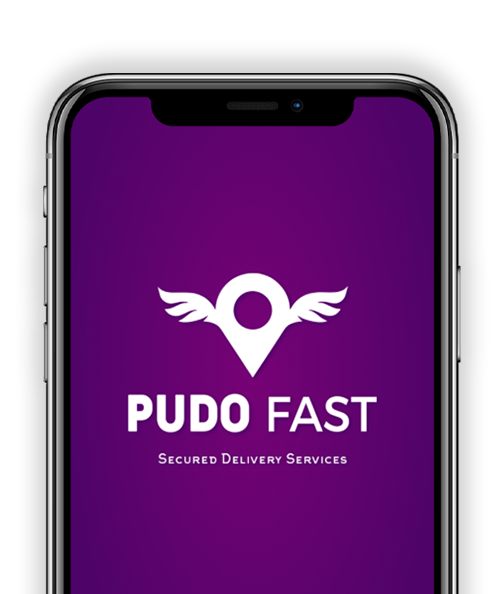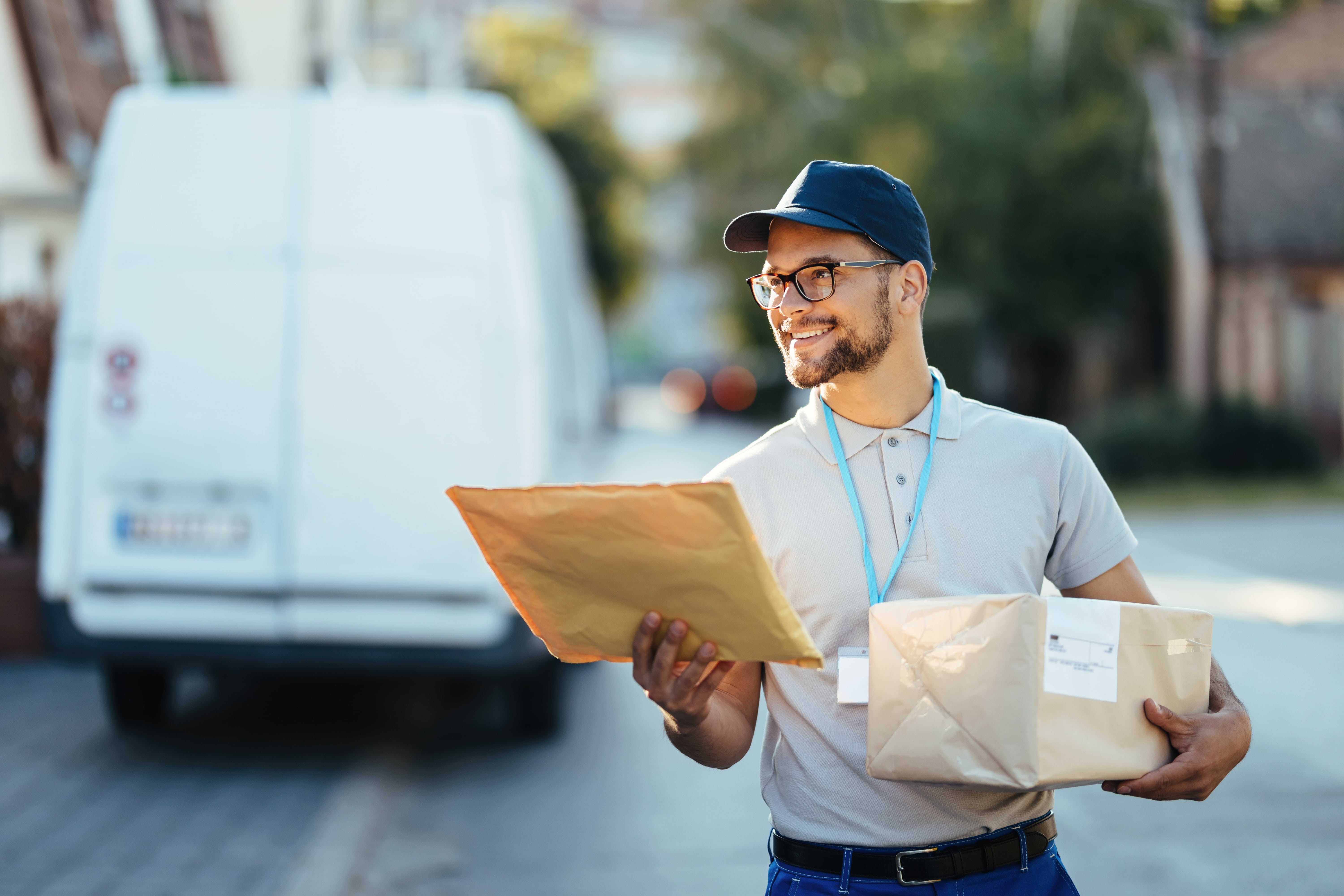
Every day life in a fast-moving city like New York involves deliveries: online orders, shipments to clients, personal packages, and so on. However, just like that, one cracked bottle, frame, or ruined gadget can transform the nature of delivery in an instant into annoyance. The reason is nearly always due to bad packaging.
Delicate or breakable pieces should not be left in a single box with some tape; they need to be packed with protective layering, cushioning, and handling that are specifically created for transport. If you are a small business owner shipping delicate items or just a person sending gifts to the people living in a different district of the same city, knowing the careful packaging techniques will not only be a money and time-saving but will also keep you free from stress.
Common Types of Fragile Items Shipped
The word “fragile” is not only associated with breakable things. It also refers to those that are susceptible to vibration, moisture, or pressure. For instance:
- Glassware, ceramics, and pottery: The usage of shock-absorbing material and wrapping were the main requirements for these.
- Electronics and gadgets became more and more sensitive not only to static but also to impact, thus foam and anti-static protect items during shipping are a must for them.
- Decor and artwork: The use of rigid inserts and flat packaging makes them the least vulnerable categories to being dented or scratched.
- Perfumes and cosmetics: The reasons for their leaks, as well as cracks caused by temperature are these products.
The clearer the causes of fragility in the items, the easier the packaging of the items will be for their safe packaging for delivery, because glass breaks differently than circuit boards, and each needs its own protection approach.
Choose the Right Packaging Materials
Every detail matters. The major step in the realization of the concept of ‘how to package fragile items effectively’ is the selection of top-notch materials. Corrugated cardboard boxes work best as they are resistant to the pressure coming from stacking and handling. Bubble wrap, foam sheets, and air pillows are used as shock absorbers to protect against vibration and sudden impact.
In the process of choosing filler, do not use cheap newspaper or thin paper, as they will compress too easily. On the other hand, use biodegradable packing peanuts or air cushions that can hold the volume. Moreover, a very strong and industrial packing tape should not be underestimated. If the tape that is used to secure your box peels halfway through the delivery, your whole effort is going to be undone.
Good materials are not merely an expenditure; they are a long-term investment in which there will be fewer replacements, refunds, and less stress.
How to Make the Most of Bubble Wrap, Foam, and Padding
Your choice of materials will only be impactful if you use them correctly. The best and most effective careful packaging techniques adhere to a single principle: isolate, cushion, and fasten. Individualize the wrapping of each item by using two to three layers of bubble wrap. If your items are foam or thick paper separated, it would be one more step of protection.
On the top, bottom, and corners of the box, add padding of at least two inches on all sides to be able to soften shocks that could happen when shipping fragile items through the sorting hub or during bumpy van rides. One way to tell that a box isn’t packed tightly enough is when you are able to shake it gently and hear the inside stuff moving.
Choose the Correct Size and Weight Box
A correct box is similar to an appropriately sized mouth guard; if the box is too large, the items move around; however, if it is too small, items will push against each other. As a general rule of thumb, you want to select a box that far exceeds the minimum 2” padding space requirement on each side of the item. On the contrary, a double-wall box can handle more pressure from items stacked and may be a more suitable option for heavier or fragile shipments.
Don’t reuse old boxes that have already been worn out with soft corners or creases; they will no longer be structurally sound. A box’s crush-test rating is an indicator of how the box will perform under load, a feature that can be the difference between the right and the wrong packaging for parcels.
How to Secure Items Inside the Box
The primary difference between a professional packer and an amateur packer is that the amateur lacks internal stability. When your items are placed in the box, make sure to fill all of the void space in the box with foam peanuts or crumpled kraft paper. Always pack based on the heavy items on the bottom and light items on top. If you have several fragile items to pack and ship, or even one fragile item, you will want to use dividers or inserts to keep the fragile items separated from one another, that way they do not touch. Once you have packed the box, you will seal it up and do the shake test. If you do not hear anything, then your item is fully protected. This is one of the secure packaging methods. This simple method can help reduce transit injuries, especially if you have to ensure items are transported through the city safely by car.
Labeling Fragile Packages Correctly
When you are absent, labels are your package’s voice. Without fail, print the terms “FRAGILE,” “HANDLE WITH CARE,” and “THIS SIDE UP” in big, bold letters on numerous faces of the package. State both the sender’s as well as the receiver’s contact details clearly.
However, if you are shipping fragile items in NYC, where parcels go through a tightly packed sorting system at high speed, then clear labels ensure that handlers recognize at once the need for special handling. It is a simple action that results in the least possible contact with rough hands and also prevents confusion.
Tips for Sealing Boxes Properly
Even a well-packed box will be let down by poor sealing. The rule is to always use strong, pressure-sensitive tape, and not decorative or masking tape, to close every seam. The most common way in the industry to achieve good sealing is the “H-taping” method, where the tape seals all edges in an H pattern.
Changes in temperature and humidity can affect the strength of the adhesives on some tapes, especially on long-distance or fragile parcel shipping Brooklyn routes. Reinforcement of corners and edges offers additional durability, as it faces the deceivers, which are those that intentionally attack the vulnerable corners and edges. If your item is heavy or valuable, you may want to consider the application of tamper evident tape for extra protection.
How to Pick Up and Deliver Fragile Packages Safely
In all honesty, the greatest difference in the safe pick up and deliver fragile packages is the delivery system. The good old-fashioned door drop leaves parcels vulnerable to theft, getting wet, and damaged by impact. PUDO Fast changes that scenario.
Now, rather than having a parcel left unattended at the doorway there is a delivery person who shows up to deliver your items in a secure tamper-proof lockbox. The lockbox has a tamper-proof lock. You are provided with a one-time password only you know and you can open the lockbox up. You can also pick which delivery time slot you would prefer; no more missed deliveries or rushed deliveries!
For businesses managing Pudofast fragile delivery, this added layer of safety ensures customer satisfaction and prevents loss. Its convenience, flexibility, and reliability are built into one service.
Tracking and Insurance Options for Fragile Shipments
Once a shipment leaves your hands, visibility is everything. Real-time GPS tracking offered by PUDO Fast lets you monitor progress of pick up and deliver fragile packages. This not only provides peace of mind but also accountability at every stage.
In the case of expensive items, it is a wise decision to think about getting insurance. It protects the owner against the unlikely but still possible cases of damage during transportation. If a fragile item is to be sent to another location within the city or even further away, the best way to protect items during shipping is by using proper packaging for parcels along with insurance.
Common Mistakes to Avoid When Packaging Fragile Items
Errors that are easily avoidable are made by even those who are careful in shipping. The most common include:
- Use worn-out or oversized boxes that allow movement.
- Leaving internal gaps unfilled.
- Packing multiple items without dividers.
- Using cheap tape that loosens under heat.
- Ignoring moisture protection for liquids or electronics.
Avoiding these mistakes isn’t just about following fragile item packaging tips; it’s about ensuring your customer or recipient receives the item exactly as intended.
Best Practices for International Fragile Item Shipping NYC
If you send a package to another country, it is more likely to be subjected to different kinds of hazards because of the longer time that it is handled, multiple checkpoints, and different weather conditions. It is recommended that you use two boxes for your breakable pieces when shipping internationally. Once you have packed your item, put in the necessary protection, then take your box and place it in a bigger one that has stronger sides and some more padding.
Seal every layer carefully and mark all sides clearly. For last mile fragile delivery abroad, ensure your carrier partners comply with international handling standards. When you choose services like PUDO Fast for final delivery, you maintain control until the very last handover.
Why PUDO Fast is Built for Modern Secure Deliveries
Unlike locker-based pickup systems, PUDO Fast’s encrypted lockbox model ensures no package is ever left vulnerable in public. Deliveries happen on your schedule with full GPS tracking and one-time password access for your peace of mind.
Whether you’re a Brooklyn resident managing Brooklyn safe delivery for personal parcels or a small business looking for a packaging guide for courier operations that match your professionalism, PUDO Fast gives you the tools to make every shipment dependable.
When fragile matters, it’s not just packaging that counts; it’s the delivery system behind it.
Closing Take
Right packaging, just as damage prevention, not only keeps a brand’s or customers’ trust, but also ensures professionalism and relaxation. The whole process of delivery, starting with picking the right box and going through sealing and labeling, is the final step to an easy and secure delivery journey.
So the next time you plan a fragile shipment, combine your best packaging efforts with the city’s most secure delivery partner. Because at the end of the day, PUDO Fast doesn’t just move parcels, it protects what matters most.




